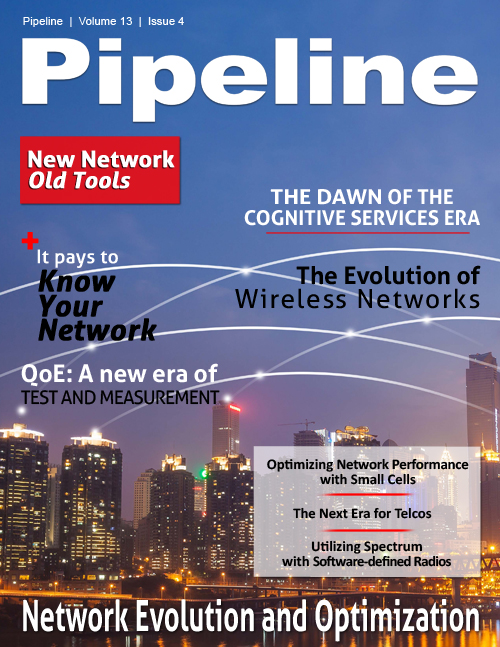Software-Defined Radios for Effective Spectrum Utilization
By: Brandon Malatest

Software-defined radios (SDRs) are highly adaptable wireless devices that are (re)configurable through software alone, enabling them to be effectively utilized across multiple communication standards.
SDRs have rapidly become the leading wireless solution for military, public safety, and commercial markets. This can be directly attributed to their high flexibility, performance, and low-cost.
History of Software-Defined Radio
Software-defined radios have been around for more than three decades. From the early 1980s, SDRs have played a role in tactical military communications from 2 MHz to 2 GHz and offer interoperability between various air interface standards of the military.
In the old days, radios were built for specific applications. As a result, we had AM radios that received KMOX and WHO. But AM radios were unable to receive shortwave broadcasts.
FM radios soon followed and then FM stereo made an appearance. But commercial broadcast is only a small segment of the radio market. These devices can become highly complex when the features are combined.
If we stuck to the old and traditional rules of radio, we would have to build 5 radios to handle 5 functions. It didn’t take long to figure out that this concept was neither cost-effective nor compact.
When digital techniques evolved, an increase in functionality was easily adopted. They were applied to the baseband section of radio, then the output of the detector was digitized with digital circuits to process the digital audio data.
Algorithms were then used to increase the signal-to-noise ratios and enhance control of the bandwidth. In the beginning, these digital circuits were hardware-coded and often had noise reduction and selectable bandwidth capability. Later, data processing circuits became cheaper and programmable. This enhanced the capability and control that was available for the device.
As digital circuits increased in resolution and speed, digitizing the intermediate frequency (IF) section became a reality. As a result, the output of the mixer was digitized and the detector was realized in software.The emergence of the detector was key as it determines the type of modulation that can be received. These days, we can process IF signals in digital form and demodulate it in almost any way we please. Further, as before, the baseband is processed digitally as well.
So you can say that SDR has come a long way since its early origins. With the Internet of Things (IoT) rapidly growing in importance to transform our lives, you can expect SDRs to play a major role in communications between sensors and devices. At the end of the day, the capability to receive and transmit data on multiple platforms makes IoT possible.
Software-Defined Radio Defined
SDRs can be defined as a radio where some or all of the physical layer functions are software defined. This means that it’s a device that can wirelessly transmit or receive information as part of the electromagnetic spectrum.
Traditional radio devices offered very limited flexibility and cross-functionality. This often lead to high production and operation costs. SDR technology provides a great solution to these problems with an inexpensive solution.
SDR allows you to be highly mobile because the technology enables software RAN solutions. As a result, SDR operators can support multiple standards on a single hardware platform and offer the ability to bridge traditionally disparate devices operating on different frequencies.
If you compare SDR to traditional radio systems, you’ll notice that SDR provides the added benefits that hardware focused systems can’t offer. SDR is highly portable and can be easily re-configured with software upgrades alone.
It is a highly adaptable, flexible, and an efficient solution that allows modifications to multi-mode, multi-band and/or multi-functions via software. It is now increasingly cheaper to keep up with technological advancements with minimal code required to be re-written.



















